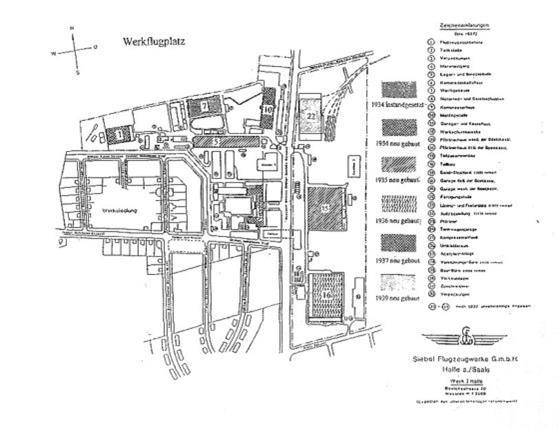B
Wilhelm Siebel 1891 - 1954
Born in Broich. Joined the Fliegerbattaillon 1 1914 for pilottraining.Became TO at Kampfgeschwader 1. Took part in development of Friedrichhafens Giants.For a short period after the war he worked for the DVL. He started his own company in 1919, trading machinery, engines and tools all over Europe. Siebel was also one of the fathers of the Rhön-Rossiten-Gesellschaft for promoting gliding. He also took part in the Deutshlandflug in 1925, ended on third place. For the prize money he joind Klemm and founded the Leichtflugzeugbau Klemm GmbH in Böblingen. He took part in several of the Europarundflug from 1928. Because of his wide knowledge of sport flying he was used in the RVM (Reichsverkehrsministerium.)
In 1939 he talked of the importance of peace , this got the eyes of the Gestapo on him., he also warned of the huge potential in USA. During the war he became Major in der Reserve, developed the Siebel fähre for the Unternehmen Seelöwe. In 1945 he was captured by the englishmen, after release he started a new company in 1948 (Luftfahrttechnik GmbH) selling foreign built sportplanes and airliners. In 1952 together with ATG the Siebelwerke-ATG GmbH (SIAT) was founded. He died in 1954.
License production
Fw 44 340
He 46 C 159
Do 17 F 172
Do 17 Z 99
Ju 88 1633
Ju 188 353
Own design
Fh 104 46
Si 201 2
Si 202 70
Si 204 A 160
Si 204 D 168 SNCAC
Si 204 D, E 1007 Aero
Development
DFS 346
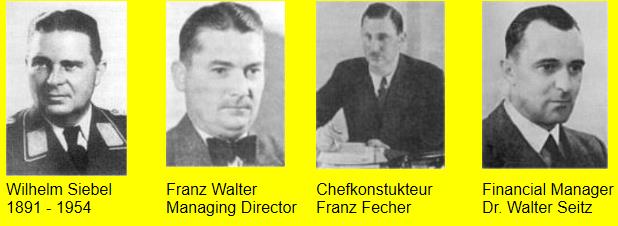
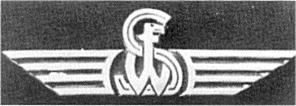

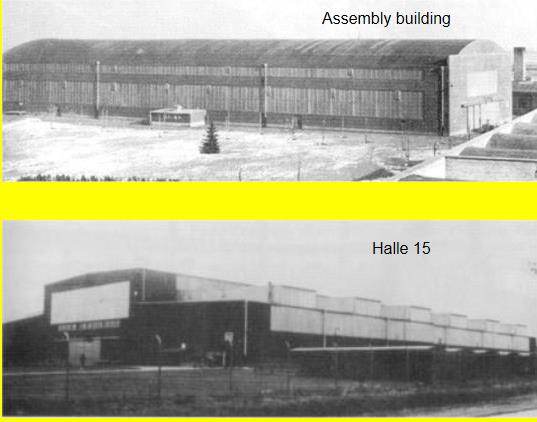
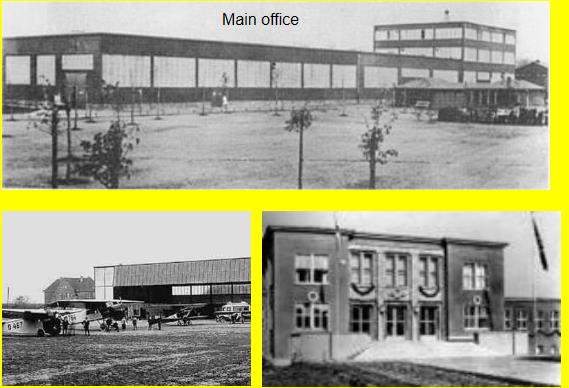
The beginnings: Halle/Saale
As in Leipzig, a balloon launch marked the beginning of Halle’s history of aviation. The first launch was scheduled for 29 September 1845. Many more followed, and in May 1909 the people of Halle saw an airship over their city for the first time. In the following years, several small airports were established around Halle, on which the engineers realised their designs and Halle’s aviation pioneers gained first experiences.
After the beginning of World War I, the Prussian Ministry of War established one of the largest German military airports northeast of the town, near the village of Mötzlich. Up to 120 aircraft were based there, mostly serving training purposes but first experiments with aerial photography cameras were conducted, too. After the demobilisation of the air force, its facilities had to be destroyed and Mötzlich Airport was abandoned.
In 1925, Nietleben Airport became Halle’s new airport for commercial air traffic. Soon after, Aero Lloyd served routes from Halle to Berlin, Leipzig, Munich, Innsbruck and Stuttgart. When the more efficient Schkeuditz Airport took over Halle’s air traffic in 1927, Nietleben was mainly used for sports aviation. Between 1936 and 1945, the airport was used for military purposes: the Luftnachrichtenschule Halle (school of the air force corps of signals) was based at the airport. From 1948, the Society for Sports and Technology (GST) of the GDR used the site, which was built over in the 1960s.
The arming of the German air force after 1933 led to a reuse of the facilities in Mötzlich, where the main factory of the »Siebel Aircraft Works« was built from 1934. In late 1944, more than 8,700 workers produced military aircraft. After World War II, the facilities were dismantled and the site was ultimately built over.
Timeline
•14 September 1913: »Halle Zeppelin Day«: tours with airship Zeppelin - 17 “Sachsen”
•April 1912: Town’s first airport built at Halle-Beesen; operated until 1914.
•15 January 1917: Mötzlich Airport put into operation.
•4 June 1925: First aircraft lands at Nietleben Airport on the occasion of the »Germany tour«. Official inauguration on 15 August 1925.
•Summer 1926: 14 routes are operated by »Deutsche Lufthansa« (formerly »Aero Lloyd«) from Nietleben Airport.
•July and August 1944: Factories and airport of Siebel Aircraft Works in Mötzlich severely damaged by Allied air raids.
